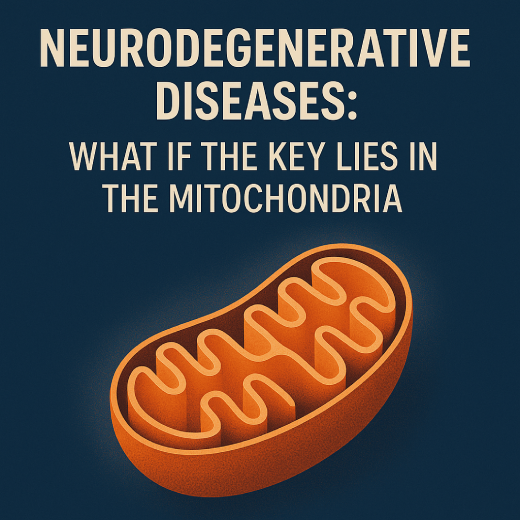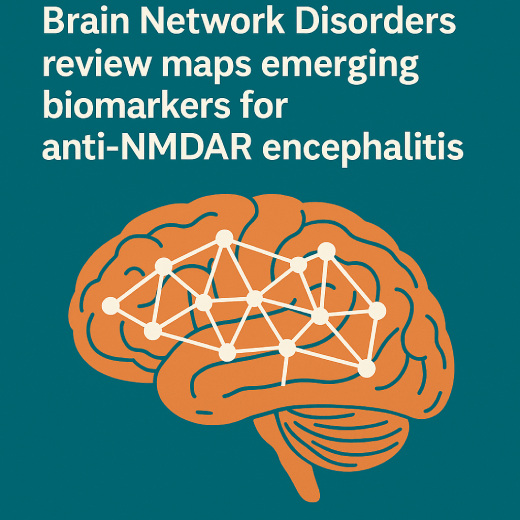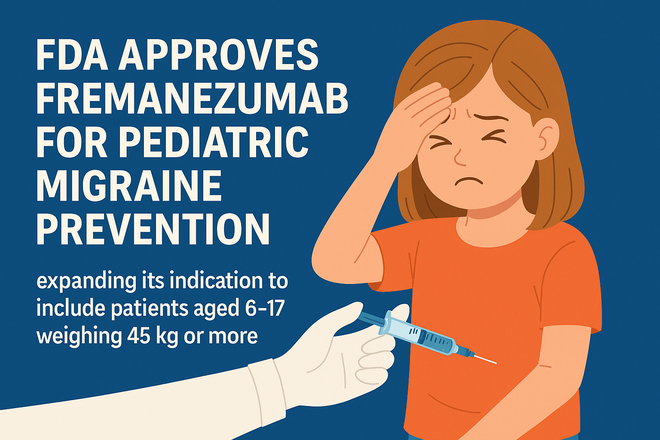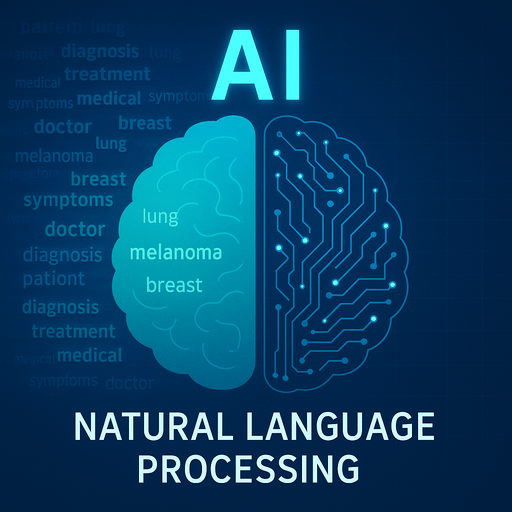In a major step forward for children affected by rare genetic epilepsies, researchers from the Epilepsy Neurogenetics Initiative (ENGIN) at Children's Hospital of Philadelphia (CHOP) have completed the most comprehensive study yet on SCN8A-related disorders.
Their findings, published today in Neurology®, shed light on how these conditions unfold over time — opening doors to better treatments and future clinical trials.
SCN8A-related disorders are caused by changes in the SCN8A gene, and they can affect children very differently. Some children may experience mild epilepsy, while others struggle with severe seizures, developmental delays, autism spectrum disorder, or movement problems. Despite being one of the most common genetic epilepsies, there has been much uncertainty about how these disorders progress over a child's life.
“Since SCN8A was first identified in 2012, it has been clear that this gene could be a key to new therapies," said Dr. Jillian McKee, senior author of the study and an expert in genetic epilepsies at CHOP. "But to design clinical trials and develop treatments, we first needed to understand the natural course of the disease."
To tackle this, McKee and her team analyzed electronic medical records from 82 patients with SCN8A-related disorders, comparing them to records from nearly 2,900 patients with other genetic epilepsies. Using advanced data tools, including the Human Phenotype Ontology (HPO) system — a sort of "dictionary" for clinical features — they were able to track the patterns of symptoms over time.
Their discoveries were striking. Children with SCN8A changes had a much higher risk of developing severe bilateral tonic-clonic seizures (formerly called "grand mal" seizures) as early as their first birthday — a risk ten times higher than other epilepsies. Those with “gain-of-function” mutations, which make sodium channels in the brain overactive, showed signs of developmental delay as early as three months of age and seizures by six months.
Meanwhile, children with "loss-of-function" mutations, which reduce sodium channel activity, were more likely to have different kinds of seizures called atypical absence seizures — episodes where they might seem to "blank out" — starting around four years old.
The researchers also found important connections between specific genetic changes and seizure types. For example, children with the p.Arg1617Gln variant were more prone to focal seizures, while those with the p.Asn1877Ser variant tended to develop generalized seizures later in childhood. Understanding these patterns is crucial, McKee explained, for designing clinical trials that match the right treatments to the right patients.
Encouragingly, the study also found that traditional sodium channel blockers — a type of anti-seizure medication — worked particularly well for patients with gain-of-function mutations, suggesting that some existing drugs might be more helpful for certain groups than previously thought.
"This is just the beginning," McKee said. "By understanding how these conditions evolve, we are laying the groundwork for targeted therapies that could truly change the lives of children and families affected by SCN8A disorders."
The study was supported by grants from the National Institute of Neurological Disorders and Stroke, CURE Epilepsy, and The Cute Syndrome Foundation, among others — a testament to the growing collaboration between researchers, clinicians, families, and advocacy groups working to improve outcomes for rare epilepsy disorders.
As McKee and her team look ahead, the hope is clear: with deeper knowledge comes the power to intervene earlier, treat more effectively, and ultimately, transform the future for children with SCN8A-related epilepsy.
Cover image: Klänge Pl.04 (1913) - Wassily Kandinsky (Russian, 1866 - 1944)







